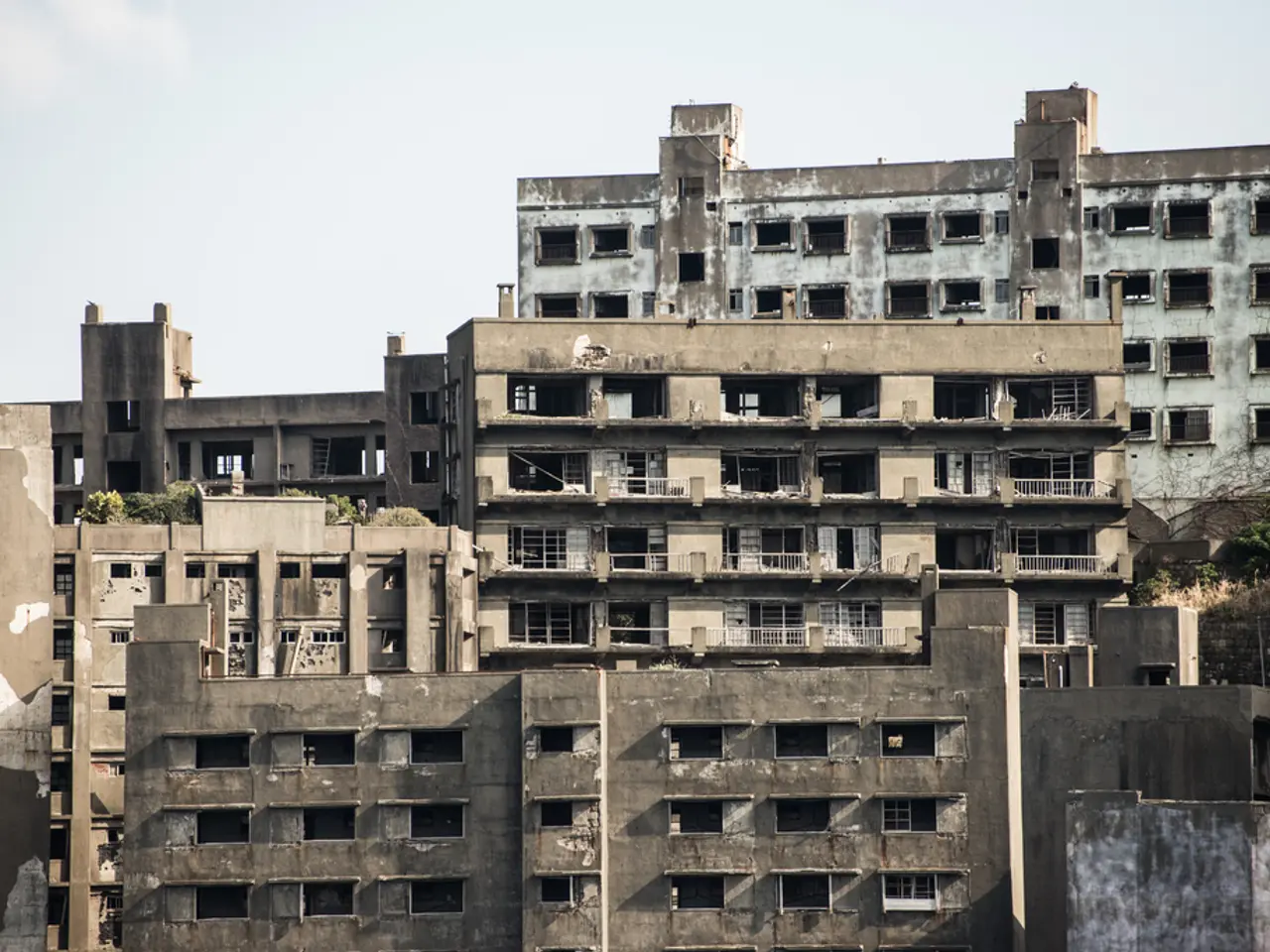Solar analysis uncovers solar deficit: Philippines' largest urban areas harness less than 1% of available rooftop solar power potential
The Institute for Climate and Sustainable Cities (ICSC) in the Philippines has developed an AI-powered platform called SPECTRUM, which is revolutionizing the country's renewable energy sector. With an overall detection accuracy of over 90%, SPECTRUM accurately detects, classifies, and estimates rooftop solar photovoltaic (PV) systems across different types of installations.
SPECTRUM identifies solar installations into three categories—residential, commercial, and utility-scale—and has mapped approximately 1,846 MW of rooftop solar capacity throughout the country. This comprehensive analysis is significant as many rooftop solar installations are not registered, making it challenging for the government to track actual installed capacity through conventional means.
The platform's accuracy is vital in supporting policy-making and grid management. By providing reliable data on installed capacity that would otherwise go unreported due to unregistered systems, SPECTRUM plays a crucial role in helping the Philippines utilize its rooftop solar potential effectively and supports the country’s clean energy transition.
The Philippine government's National Renewable Energy Programme (NREP 2020-2040) aims to have 35% renewable energy in the power mix by 2030, and 50% by 2040. Meeting this 2040 target will require over 52,800 MW of new capacity, more than half of which—27,162 MW—is expected to come from solar.
The Expanded Rooftop Solar Programme (ERSP) is another initiative aimed at harnessing residential and commercial participation in the country's solar energy development. With electricity demand from industry increasing by 6.6% annually, rooftop solar offers a viable way to reduce dependence on the grid and lower consumer costs in the Philippines.
The ICSC plans to continuously enhance SPECTRUM's performance by expanding coverage, improving AI precision, and tracking solar deployment over time. The platform's ability to account for both registered and unregistered installations, many of which are not captured under Philippine government initiatives like the net metering programme, makes it an invaluable tool for the country's renewable energy sector.
Looking globally, Asia has contributed 72 per cent of global renewable growth over the past decade, led by countries such as China, India, and Asean members. China, in particular, installed a record-breaking 60 GW of new solar PV in the first quarter of 2025 alone, with 60% coming from rooftop systems. This trend underscores the global shift towards renewable energy and the critical role platforms like SPECTRUM will play in accelerating the Philippines' energy transition.
Sources: [1] ICSC. (2022). SPECTRUM: AI-Powered Rooftop Solar Mapping Platform. Retrieved from https://icsc.ph/spectrum/ [2] Department of Energy (DOE). (2021). NREP 2020-2040. Retrieved from https://doe.gov.ph/nrep-2020-2040/ [3] Energy Regulatory Commission (ERC). (2020). Net Metering. Retrieved from https://www.erc.gov.ph/net-metering/ [4] Willis Towers Watson. (2025). Renewable Energy Market Review 2025. Retrieved from https://www.willistowerswatson.com/en-GB/insights/2025/04/renewable-energy-market-review-2025
- The AI-powered platform SPECTRUM, developed by The Institute for Climate and Sustainable Cities (ICSC), significantly contributes to the energy transition of the Philippines by accurately detecting, classifying, and estimating rooftop solar photovoltaic (PV) systems.
- SPECTRUM's ability to identify solar installations into three categories—residential, commercial, and utility-scale—and map approximately 1,846 MW of rooftop solar capacity is crucial for effective utilization of the country's renewable energy potential.
- The accurate data on installed capacity provided by SPECTRUM is essential for policy-making and grid management, helping the Philippines track actual installed capacity, especially for unregistered systems that are otherwise difficult to monitor.
- The Philippine government's National Renewable Energy Programme (NREP 2020-2040) aims to have 35% renewable energy in the power mix by 2030 and 50% by 2040, which will require over 52,800 MW of new capacity, with solar accounting for more than half of this.
- The Expanded Rooftop Solar Programme (ERSP) is another initiative aimed at harnessing residential and commercial participation in the country's solar energy development, with rooftop solar offering a viable way to reduce dependence on the grid and lower consumer costs due to increasing electricity demand from industry.
- Looking globally, Asia, led by countries like China, India, and Asean members, has contributed 72 per cent of global renewable growth over the past decade, with China installing a record-breaking 60 GW of new solar PV in the first quarter of 2025 alone. This global shift towards renewable energy underscores the critical role platforms like SPECTRUM will play in accelerating the Philippines' energy transition.
- To support the Philippines' clean energy transition, the ICSC plans to continuously enhance SPECTRUM's performance by expanding coverage, improving AI precision, and tracking solar deployment over time, making it an invaluable tool for the country's renewable energy sector that can account for both registered and unregistered installations.




